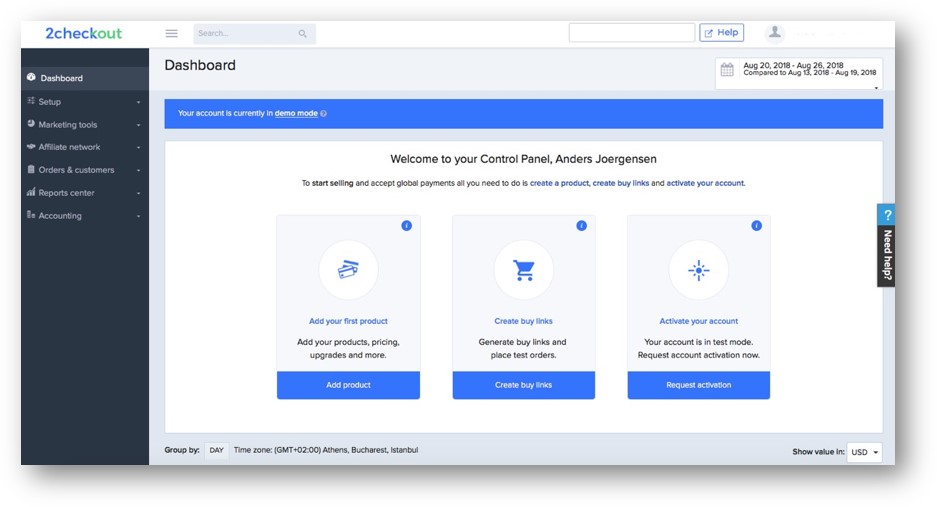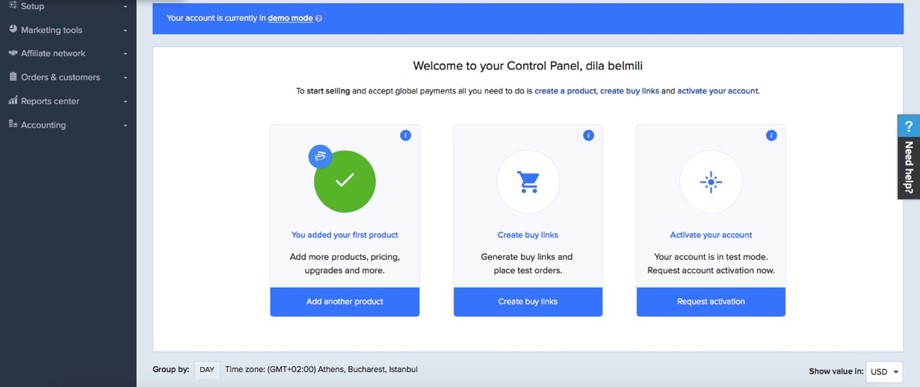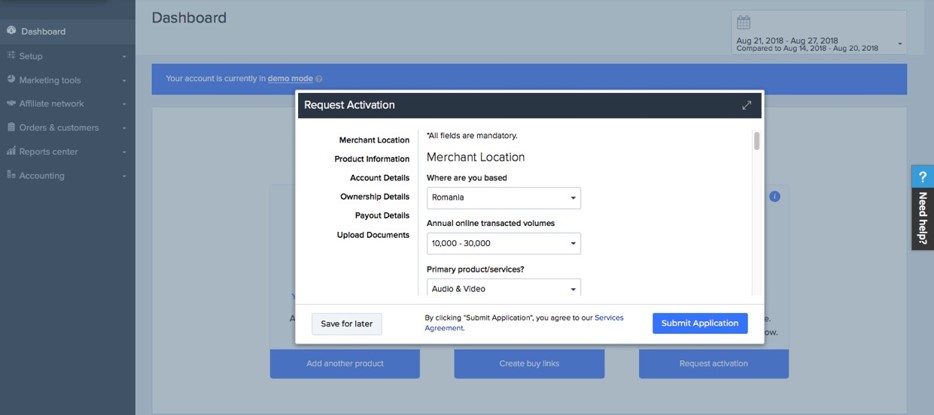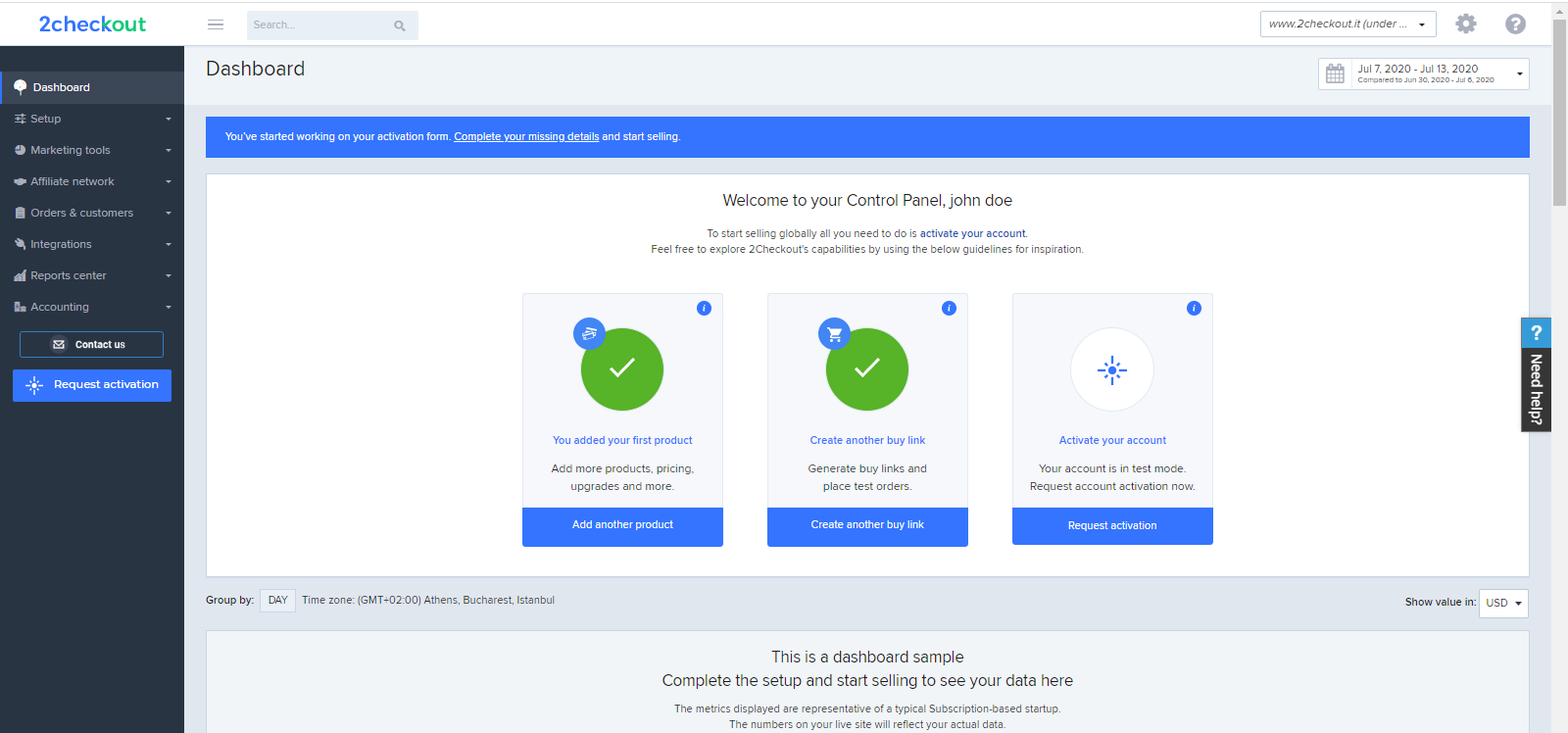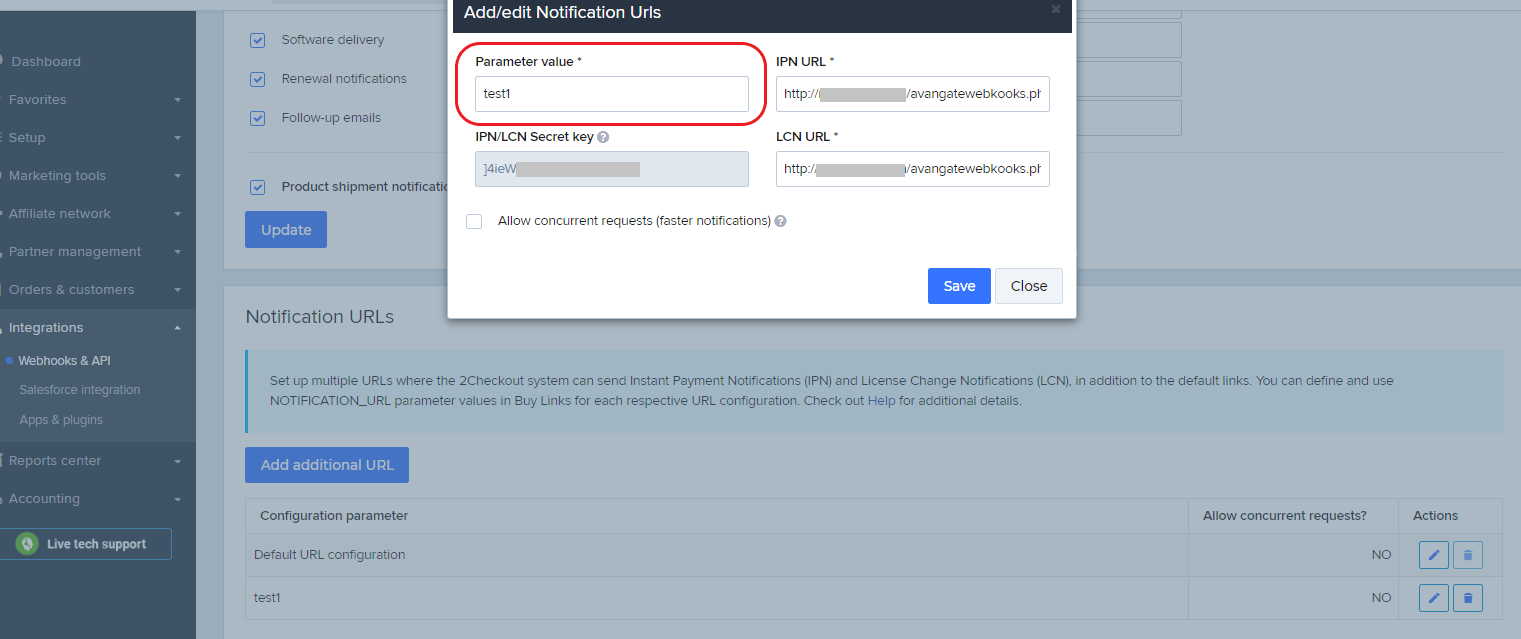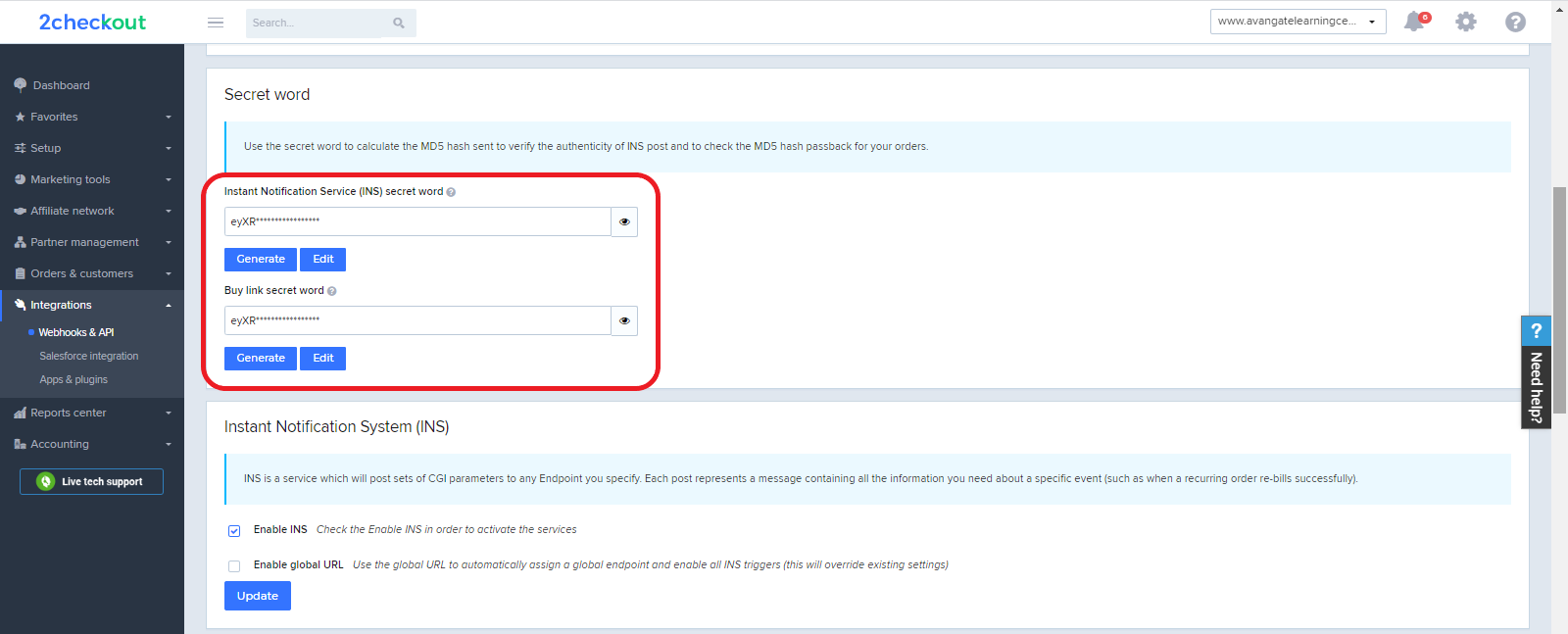Workflow
- Use the following URL: https://api.avangate.com/channel-manager/2.1/soap/
- Authenticate using the login method and create a session (connection).
- Set partner
- Throughout the lifetime of the session (max 10 minutes), you can invoke all 2Checkout API methods. To invoke methods you need to send a request to 2Checkout. Read more on the request object below.
- The 2Checkout system provides responses to all requests. Read more on the response object below.
